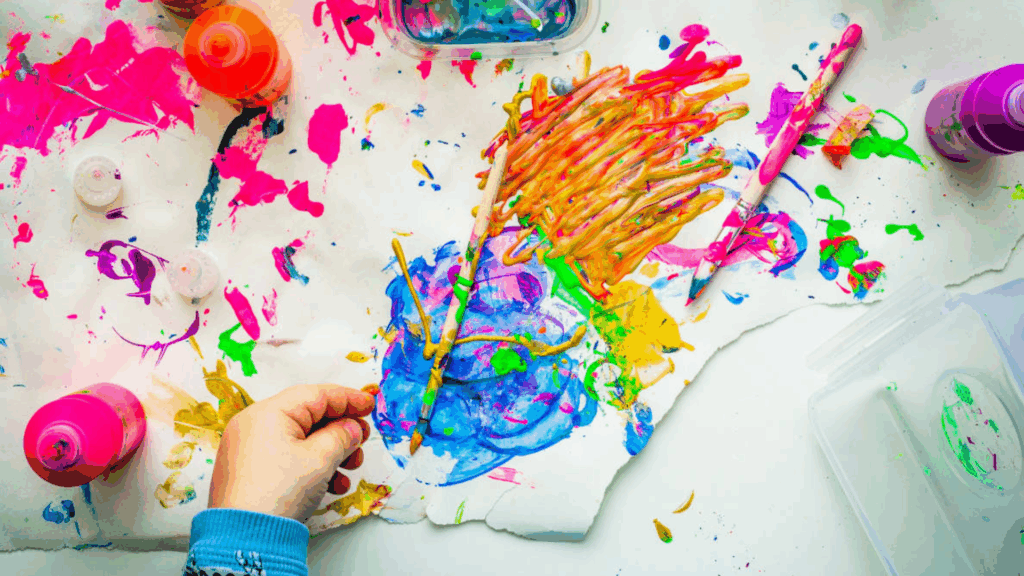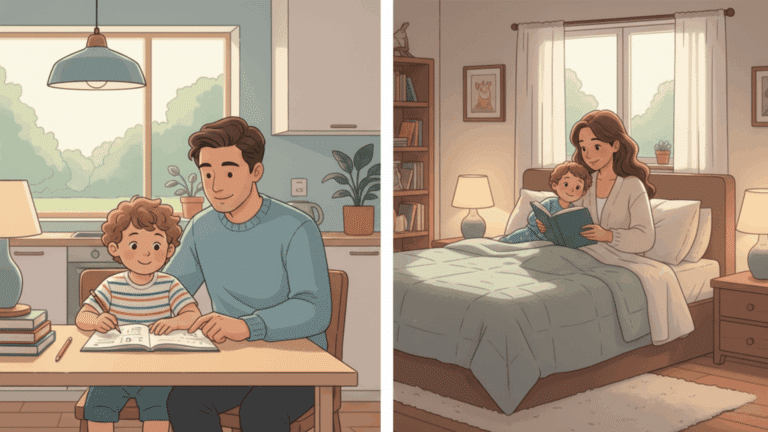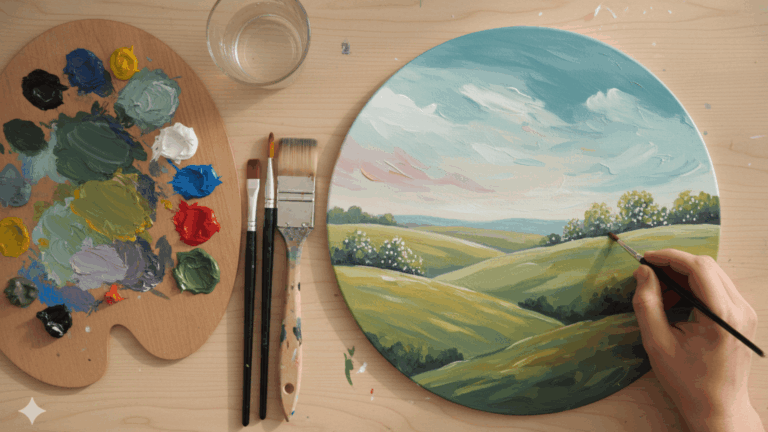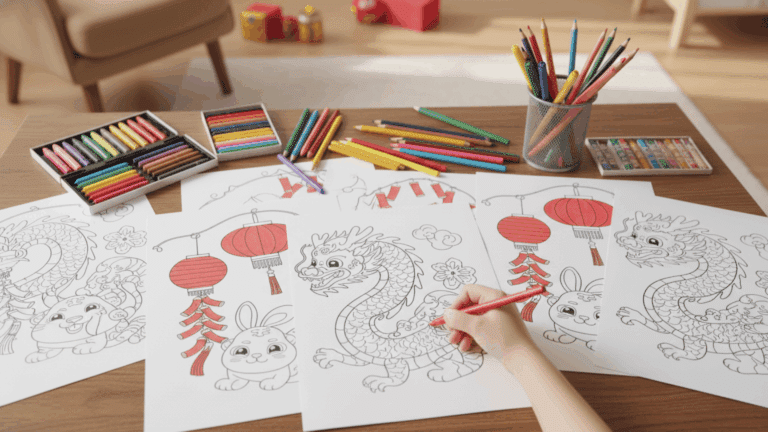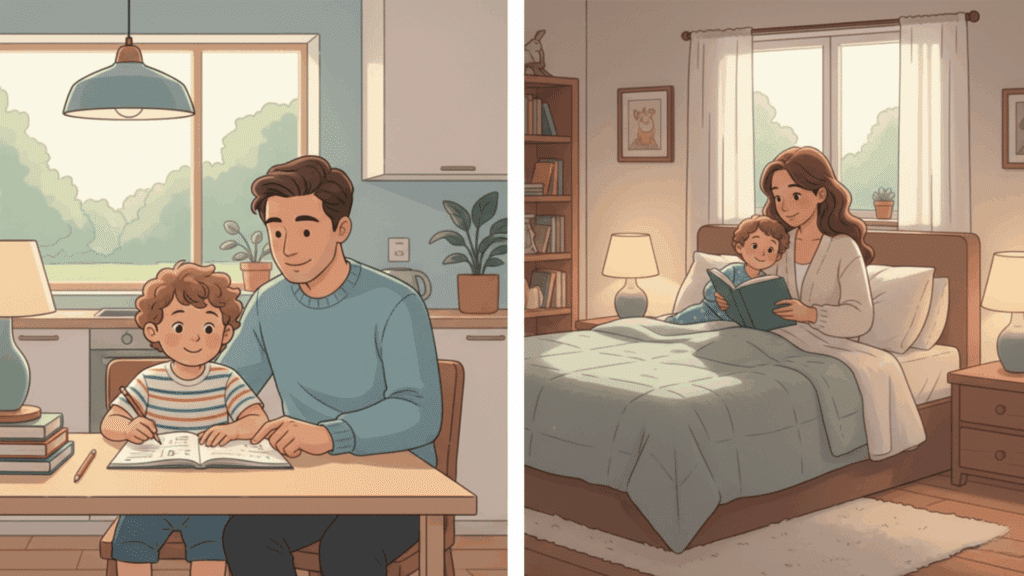Art teachers often struggle to keep students engaged when creative energy runs low or when introducing new techniques feels intimidating.
Many students freeze up when faced with a blank piece of paper, convinced they “can’t draw” or lack artistic talent.
These art class games will change your classroom into a space where creativity flows freely and students experiment without fear.
You’ll find activities that break down barriers and inspire confident artistic expression.
The Role of Games in Art Education
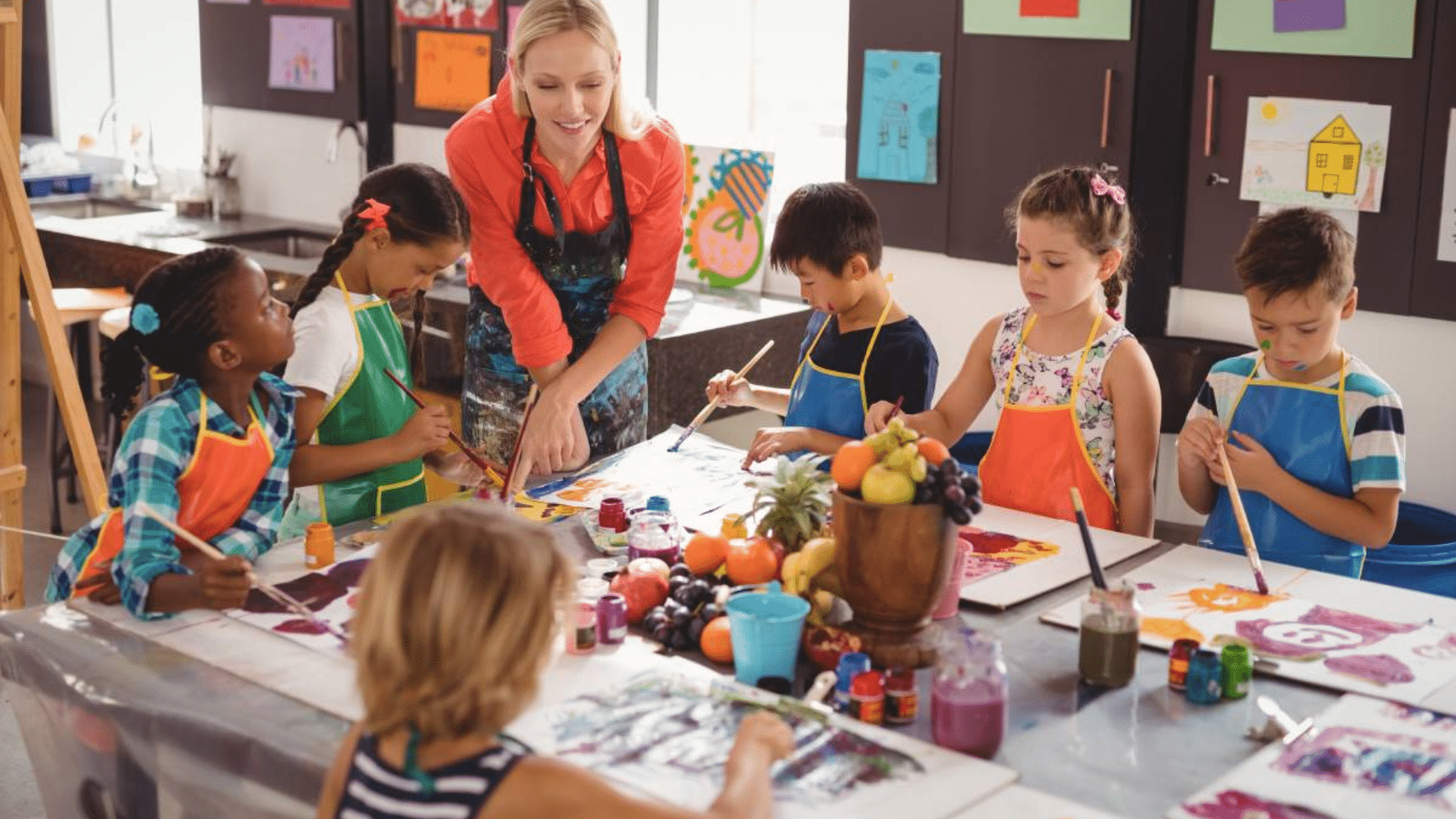
Art class games change education by removing the pressure and fear that often block creative expression.
When students focus on play rather than perfection, they naturally experiment with new techniques and take artistic risks they might otherwise avoid. Games also encourage collaboration and peer learning in ways traditional art lessons sometimes miss.
Students share ideas, learn from one another’s approaches, and build supportive classroom communities centered on creativity.
Most importantly, games help students find their unique artistic voices by providing a safe space to see different styles and mediums.
Art Class Games to Spark Student Creativity
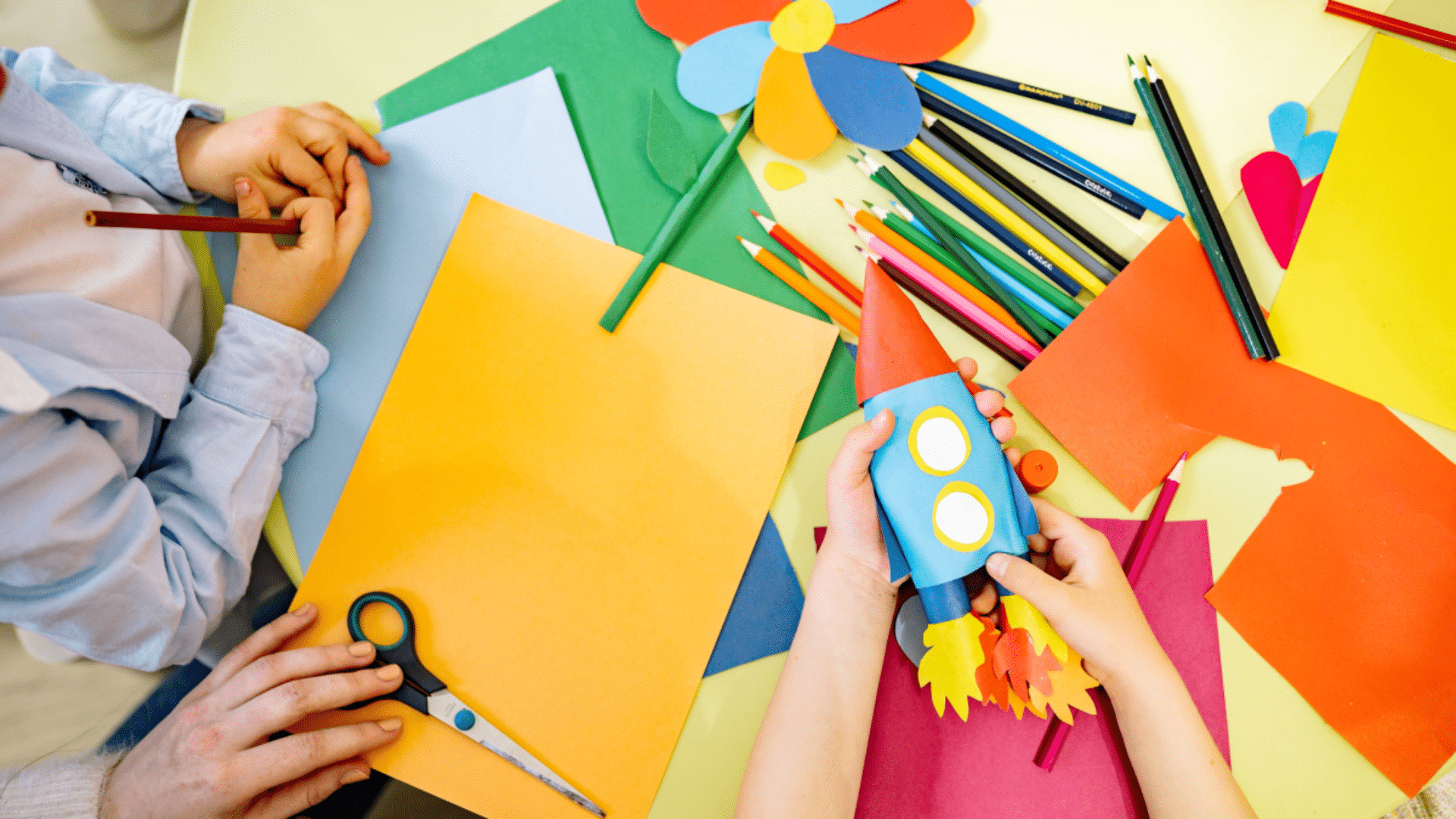
These carefully selected games break down creative barriers while building essential art skills through playful exploration.
Each activity targets specific learning objectives, from developing observation skills to mastering new techniques, while maintaining the fun factor that keeps students eager to participate.
1. Scribble Chase
Students pass a paper around, each adding a scribble. After several turns, they must turn the chaotic scribble into a recognizable drawing.
This game enhances creativity, fast thinking, and visual changeation skills, making it ideal as a warm-up or fun end-of-class challenge for all grade levels..
- Learning Outcome: Improves imagination and visual interpretation.
- What You’ll Need: Blank paper, markers, or pencils.
- How to Play: Students pass around scribbles and take turns changing them into creative drawings in 1–2 minutes.
2. Shape Story Drawing
Students receive three basic shapes (circle, triangle, square) and must create a drawing that tells a story using only those shapes.
It promotes creative limitation and narrative thinking, challenging students to express emotion and action through restricted forms in a fun and engaging way.
- Learning Outcome: Support shape recognition and creative constraint.
- What You’ll Need: Drawing paper, colored pencils.
- How to Play: Assign a shape and challenge students to draw a recognizable scene using only variations of that shape.
3. Quick Draw Duel
Two students face off in a timed drawing competition based on surprise prompts—the rest of the class votes for the most creative or funny result.
It’s fast, funny, and sparks confidence through friendly competition, making it a favorite among middle and upper elementary grades.
- Learning Outcome: Encourages speed, focus, and originality.
- What You’ll Need: Timer, drawing prompts, paper.
- How to Play: Call out a topic, start the timer, and have both students reveal their sketches after 60 seconds for peer voting.
4. Emoji Sketch Relay
In teams, students take turns drawing emojis from a shuffled deck of combo prompts. The challenge is speed and creativity; no words allowed!
Laughter and wild interpretations make this game perfect for loosening up and sparking imaginative visual communication.
- Learning Outcome: Stimulates quick, creative thinking and humor.
- What You’ll Need: Emoji cards or prompt slips, markers.
- How to Play: Teams draw random emoji combinations, pass the paper to the next teammate, who continues the sketch until it is complete.
5. Pass the Portrait
One student draws a head, folds the paper, and passes it on. The next draws a torso, then legs, and so on, without seeing the others’ work.
Reveal the surprise at the end! It’s a fun way to teach body proportions and collaboration.
- Learning Outcome: Encourages collaboration and surprise outcomes.
- What You’ll Need: Folded paper, pencils, or pens.
- How to Play: Fold the paper in thirds, assign parts, and reveal the final portrait once all parts are completed.
6. Group Mural Grid
Students each draw one square of a larger mural without knowing the full image. Once assembled, the class reveals a collaborative masterpiece.
This game teaches cohesion, teamwork, and spatial awareness while allowing individual styles to shine within a structured whole.
- Learning Outcome: Builds teamwork and attention to detail.
- What You’ll Need: Grid template, reference image, art materials.
- How to Play: Give each student a numbered section; assemble at the end to reveal the full collaborative mural.
7. Color Chain Challenge
Students pass a drawing around in a circle, but each artist can only add using one assigned color. The restriction sparks creative problem-solving and shows how limited palettes can still produce vibrant art.
- Learning Outcome: Promotes cooperation and color awareness.
- What You’ll Need: One drawing surface, multiple colored pencils.
- How to Play: Begin with a base sketch; each student contributes with one color only, continuing where the last left off.
8. Partner Mirror Drawing
Pairs sit face-to-face, drawing at the same time while one leads and the other mirrors.
No verbal communication allowed! It builds focus, spatial control, and empathy as students learn to follow each other’s rhythm through motion and line..
- Learning Outcome: Strengthens observational and motor skills.
- What You’ll Need: Drawing paper, markers, or pencils.
- How to Play: One student draws slowly while their partner tries to copy the drawing simultaneously on their own paper.
9. Line Scavenger Hunt
Students search the room or a designated artwork to identify and sketch different types of lines, such as wavy, dotted, and zigzag lines.
It changes line theory into a fun, hands-on experience and gets students moving and thinking actively.
- Learning Outcome: Sharpens observational skills and vocabulary related to lines.
- What You’ll Need: Clipboards, paper, classroom objects.
- How to Play: Call out a line type and have students search the room and draw where they spot that line.
10. Texture Detective
Blindfolded students touch mystery objects and sketch what they imagine based solely on texture. Then, they compare the drawing to the real item.
This sensory-based game strengthens observation, memory, and tactile-to-visual translation.
- Learning Outcome: Builds sensory and textural awareness.
- What You’ll Need: A Box with textured items, sketch paper.
- How to Play: Students reach into the mystery box, feel an object, then draw what they imagine its texture looks like.
11. Color Mixing Bingo
Students receive bingo cards with color names or swatches. As the teacher calls out combinations (e.g., “blue + yellow”), students mix and match to mark correct results.
It supports understanding of color blending and offers a playful, hands-on approach to color theory.
- Learning Outcome: Teaches color theory and experimentation.
- What You’ll Need: Paints, mixing palettes, bingo sheets.
- How to Play: Students mix colors to match those on their bingo card; first to complete a row wins.
12. Perspective Puzzle
The teacher divides a perspective drawing into puzzle pieces. Each student redraws one piece.
Once reassembled, it forms a whole scene in one-point or two-point perspective. This helps break down complex compositions into manageable chunks.
- Learning Outcome: supports spatial and visual organization.
- What You’ll Need: Scene templates, rulers, drawing guides.
- How to Play: Assign each student a numbered puzzle piece; they draw it using perspective techniques and fit the pieces together later.
13. Monster Mash-Up
Students pick three random animals and combine their features to invent a monster. They name it and describe its powers or habits.
This activity encourages originality and character design while exploring anatomy and form.
- Learning Outcome: Improves creative invention and hybrid thinking.
- What You’ll Need: Animal image cards, paper, and coloring tools.
- How to Play: Randomly assign animals, then have students sketch and name their original mash-up monster.
14. Art Telephone
Inspired by the game “telephone,” one student draws a prompt, the next describes it, and the third redraws it based on the description.
The final results are shared and compared to the original. It teaches communication and interpretation.
- Learning Outcome: Builds sequencing and interpretation skills.
- What You’ll Need: Drawing paper, pencils, timer.
- How to Play: One student draws something, the next writes what it is, the next draws that description, and so on.
15. Invent-a-Tool
Students imagine and sketch bizarre tools designed to solve absurd problems, like “a toothbrush for a giant octopus.” They describe its function and materials.
This imaginative game encourages design thinking and problem-solving through visual creativity.
- Learning Outcome: Boosts innovation and practical creativity.
- What You’ll Need: Prompt cards, sketch paper, markers.
- How to Play: Give each student a made-up challenge and have them invent and draw a tool to solve it.
16. Secret Theme Challenge
Each student receives a secret theme or concept (like “space” or “jealousy”) and creates a drawing without revealing it.
Classmates guess the theme based on visual clues. It encourages abstract thinking and artistic symbolism while sharpening interpretation skills.
- Learning Outcome: Encourages layered thinking and abstraction.
- What You’ll Need: Theme slips, paper, drawing tools.
- How to Play: Each student receives a secret prompt and draws based on it; classmates try to guess the hidden theme.
17. Art Auction Showdown
Students present their favorite artwork and participate in a mock auction using fake money. Classmates “bid” while offering kind feedback and reasons for interest.
This game promotes public speaking, appreciation, and confidence in presenting art.
- Learning Outcome: Fosters presentation skills and peer feedback.
- What You’ll Need: Play money, art displays, paddles (optional).
- How to Play: Each student showcases their art; others bid and explain why they value it.
18. Gallery Walk Mystery
Students display artwork anonymously around the room. Classmates walk through the gallery, write guesses on who made each piece, and leave one compliment.
This promotes observation, identity awareness, and respectful peer engagement.
- Learning Outcome: Promotes thoughtful feedback and peer recognition.
- What You’ll Need: Artwork, sticky notes, display space.
- How to Play: Label artwork anonymously; students walk around, leave feedback, and try to identify the artist.
19. Emotion Wheel Drawing
Spin a wheel labeled with emotions; students must create a drawing inspired by the selected feeling.
It strengthens emotional literacy and expression through art, encouraging students to think beyond surface-level concepts.
- Learning Outcome: Connects art with emotional literacy.
- What You’ll Need: Emotion wheel, paper, drawing tools.
- How to Play: Students spin the wheel, land on an emotion, and express it through an imaginative scene or abstract art.
How Do Art Games Improve Student Engagement?
Art class games create learning environments where students actively participate rather than passively observe demonstrations.
These interactive experiences tap into natural curiosity and competitive spirit while building artistic skills.
- Build social connections: Collaborative art games foster peer relationships and cultivate supportive classroom communities centered on creativity.
- Provide natural motivation: Competitive elements and time challenges keep students focused and energized throughout activities.
- Accommodate different learning styles: Games offer multiple ways to engage, from visual challenges to hands-on manipulation activities.
- Generate participation: Students willingly spend extra time and effort when activities feel like play rather than work.
- Create memorable experiences: Game-based learning sticks in memory longer than traditional instruction methods.
To Conclude
Art class games offer powerful tools for developing both creative confidence and technical skills simultaneously.
These activities prove that learning happens naturally when students are engaged and enjoying themselves in supportive environments.
The games presented here offer immediate solutions to common classroom challenges, such as student reluctance, skill development, and maintaining energy levels.
Start with simple activities and gradually introduce more complex challenges as confidence builds.


